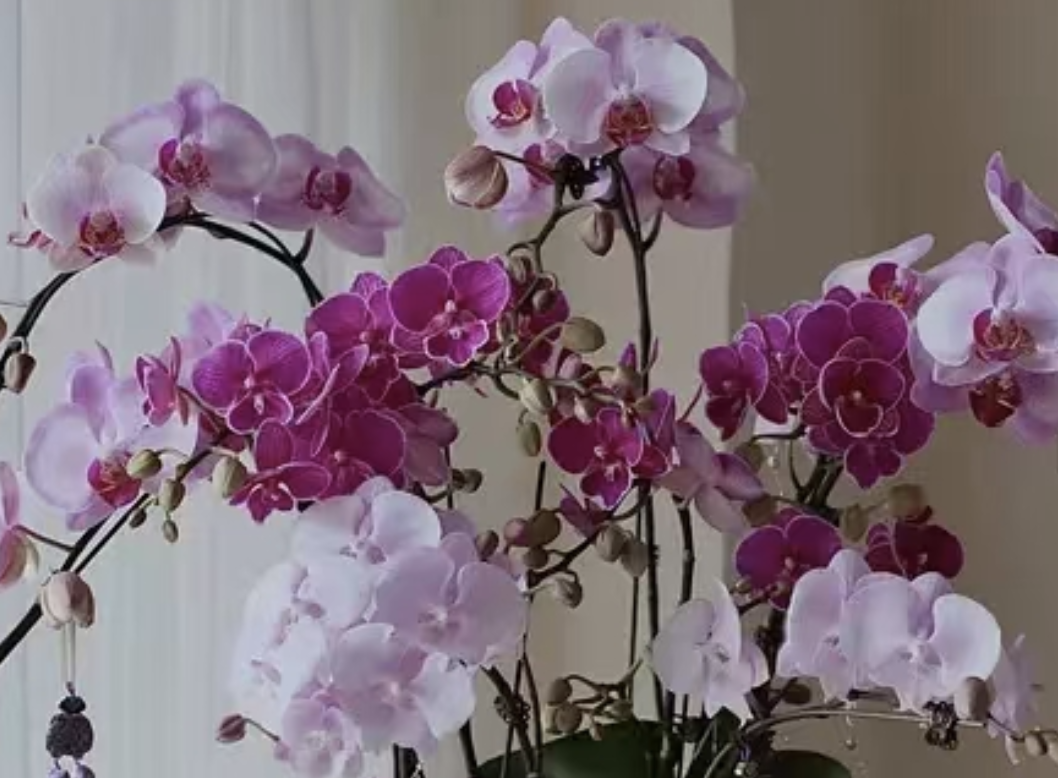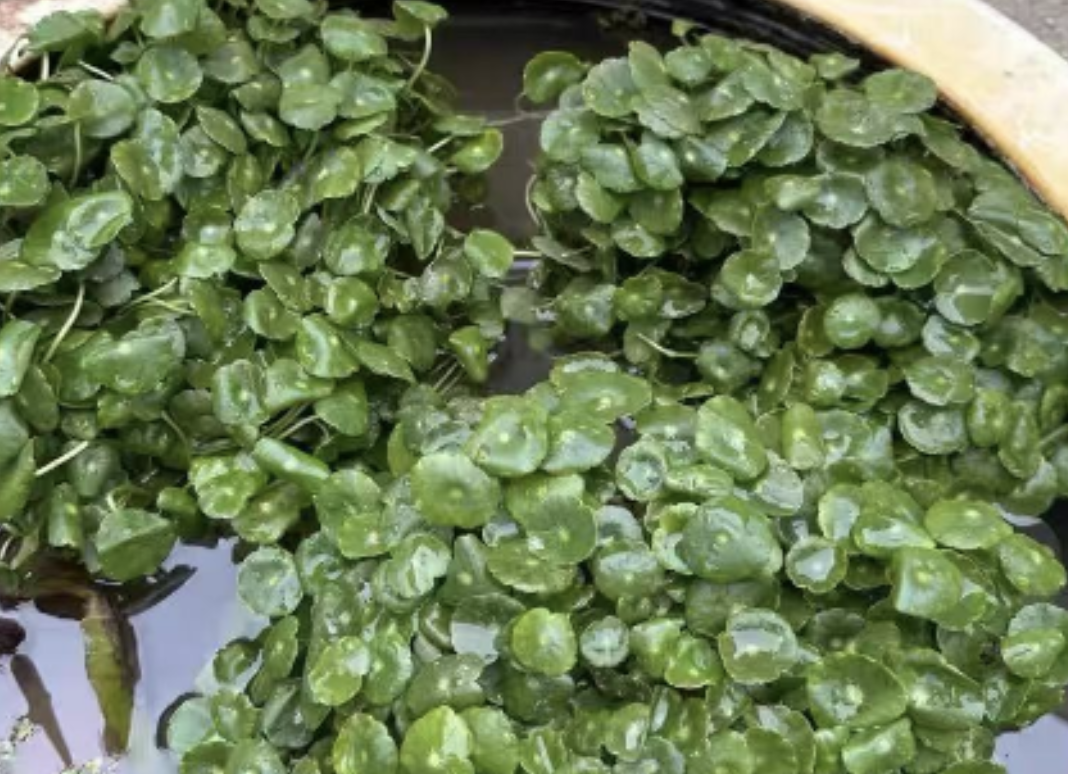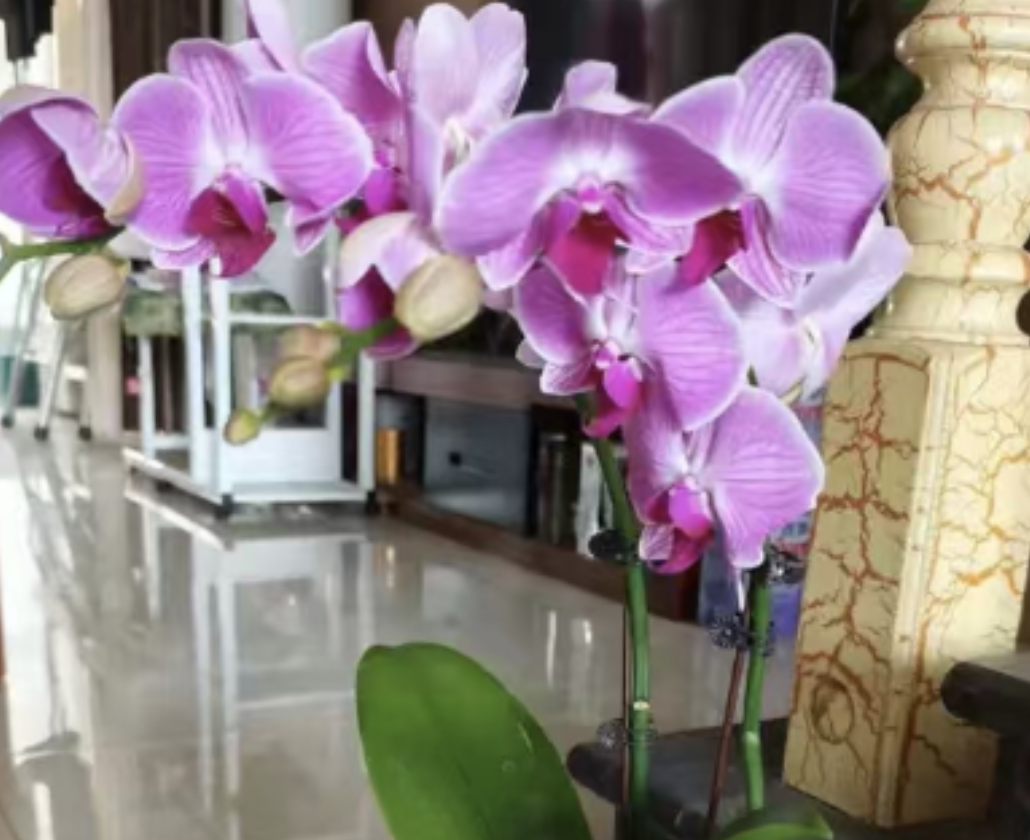Many friends who love succulent plants likely have grown Echeveria 'Black Prince' at home. This succulent with dark, shiny leaves and a neat plant shape exudes a sense of elegance. However, during cultivation, people often have questions, such as: Does the 'Black Prince' need to be planted in a large pot? Can it be exposed to the sun in summer?
First, let’s discuss pot selection. Some gardeners believe that larger pots provide more space for succulents to grow freely, but this is not entirely accurate. As a member of the Echeveria genus in the Crassulaceae family, the 'Black Prince' has a fibrous root system, similar to many other succulents. Its main roots are indistinct, while capillary roots are well-developed but have weak penetrating power. Using a pot that is too large—for example, with a diameter more than twice the plant’s crown width—can cause problems. On one hand, large pots contain more soil, which retains moisture longer. Poor ventilation or frequent watering can easily lead to waterlogging, causing root hypoxia and rot. On the other hand, the roots cannot quickly fill the soil in a large pot, so nutrients are dispersed in too much soil, reducing absorption efficiency. This can result in slow growth and thin, soft leaves.
So, what size pot is appropriate? Generally, the pot diameter should be 1–2 cm larger than the plant’s crown width. For example, a 'Black Prince' with a 10 cm crown width should be planted in a pot about 12 cm in diameter. The pot depth should be controlled at 8–12 cm. This method of "planting deeply in a shallow pot" allows roots to spread adequately while preventing waterlogging. In terms of material, prioritize breathable pots such as terracotta, red terracotta, or coarse pottery. If using porcelain or glazed pots, mix in granular soil to improve drainage.
Next, let’s address whether the plant can be exposed to sunlight in summer. When the temperature remains above 30°C, the 'Black Prince' enters a semi-dormant state. During this period, leaf metabolism slows, and its ability to resist UV rays decreases. In midsummer, especially in southern regions, direct midday sunlight can easily scorch the leaves, causing brown spots on the tips and edges. In severe cases, leaves may become transparent and fall off. Additionally, high temperatures, strong light, and high humidity can raise soil temperature, hindering root absorption and risking root suffocation.
That said, the plant doesn’t need to be completely shielded from sunlight in summer—avoiding direct 强光 (strong light) and ensuring diffused light is key. For example, from 9 AM to 4 PM in summer, when light is intense, use a 50%–70% shade cloth for protection, or move the plant to a balcony interior or windowsill with diffused light. In the early morning and late afternoon (e.g., 6–9 AM and 4–7 PM), when light is milder, allow 3–4 hours of direct sunlight. This helps maintain a compact plant shape and prevents leggy growth. In northern regions, where summer highs may stay below 30°C, normal lighting is generally safe, but avoid exposing the plant to direct sunlight after rain—water droplets on leaves can focus sunlight and cause burns.
Besides light, summer care for the 'Black Prince' requires attention to water control and ventilation. Water sparingly, about once every 10–15 days, by pouring a small amount along the pot edge to keep the soil slightly dry. Using a fan to enhance air circulation can lower leaf and soil temperatures. Never spray water on leaves during high temperatures—sunlight passing through water droplets can cause sunburn. If leaves get dirty, use a soft brush or air blower to clean them. Regularly check the undersides of leaves for scale insects or black spot disease. If detected, wipe them with an alcohol-dipped cotton swab promptly to prevent fungal growth in humid, high-temperature conditions.
In summary, when selecting a pot for the 'Black Prince', remember to "choose smaller over larger and prioritize breathability." In summer, avoid strong light, schedule sunlight exposure wisely, and combine with water control, ventilation, and pest prevention to help it survive the season and maintain its beauty. Beginners can start with root-control pots, gradually gaining experience and adjusting care methods based on their plant’s growth. With practice, anyone can become a succulent care expert!
Does the Echeveria 'Black Prince' need to be planted in a large pot?

Share with
Tagged in :




Leave a Reply